North Area, Building 1
The excavation of this building, identified by surface scraping of the top of the north part of the East mound, had begun in 1995. Excavation continued in both the western room (Space 70) and in the main room (Spaces 71 and 72/110). Limited excavation also took place in the outside areas between Building 1 and the buildings to the west and east. Within Building 1, the main characteristic is frequent change of use. The initial phase of use is very similar to that found by Mellaart in Shrine 10 Levels VIA and VIB. There is then minor modification of hearth and storage locations. A third phase of reuse occurs after a major fire and involves abandonment of the southern half of the building, and construction of E-W walls across the middle of both the western and central rooms. There is then a final cutting of a pit through the fill of the building against the face of the western wall of the main room (Space 71). The first phase in Building 1 (Figure 2) has evidence of red paint on the plaster in the southwest corner of the westernmost room (Space 70). An entrance at the southern end led into the main room.
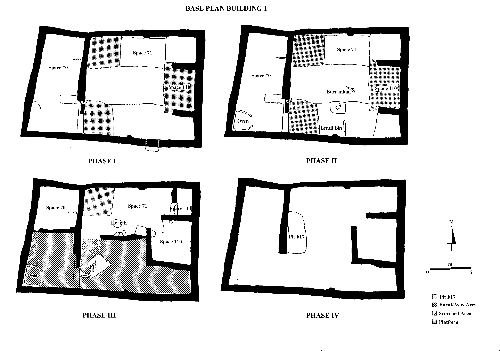
Figure 2: Building 1 base plan, showing all four phases.
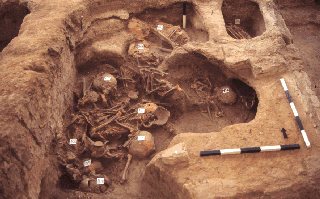 Figure 3: Skeletons excavated under the northwest platform of building 1.
Figure 3: Skeletons excavated under the northwest platform of building 1.
In the main room brick columns occur in the centre of the north and south walls. There is an oven in the south wall near what was probably the ladder entrance from the roof, and a hearth near the oven. A main platform occurred in the centre of the east wall, with benches on its north and south sides. A collapsed cattle skull on the floor nearby may have come from this platform. Along the north wall a step occurred and the main platform was in the northwest corner surrounded in red paint. In the centre of the west wall there were traces of sculpture within a well-defined panel. Nearby, a later collapsed arch may have been in place from this phase. Burials began under the north and east platforms. But none occurred under a platform in the southwest corner.
| In this first phase the building was very like shrine 10 in Mellaarts levels VIA and VIB (figure 4). However, how was the building used? It is very difficult to evaluate the use of space on the basis of normal artifact patterning at Çatalhöyük. This is because the floors were swept clean, at least on abandonment. Those larger artifacts that we found on, in and under the up to 40 floors in Building 1 were almost certainly deposited deliberately on founding or abandoning the building. However, some indication of the use of space may be obtained from micro-artifacts, those less than 4mm, which became trampled into floors or were left behind after sweeping. | 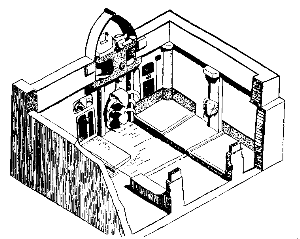
Figure 4: Mellarts Shrine VIB |
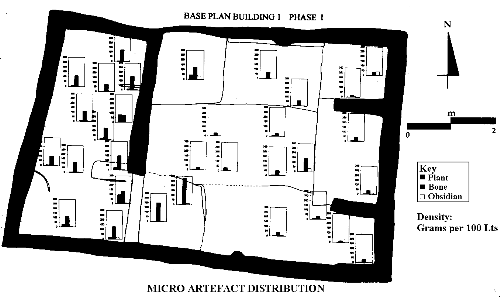
Figure 5: Microartefact distribution in building 1, phase 1
As the distribution of these artifacts for Phase 1 shows (figure 5), the floors of the western room have higher densities. This is a pattern that recurs through Phase 2 and fits in to an overall argument that as well as being a ritual space, Building 1 was used for a wide range of domestic tasks. Perhaps Mellaarts shrines were at least sometimes used also as domestic houses, with burial (figure 6) and art occurring in the northern and eastern parts and food preparation and storage in the southern and western parts. In a second phase, the oven in the south wall was blocked up, and a new oven constructed in the western room. The central pillar on the south wall was cut back and a bin, used at least in its final phase for storing lentils, was built with a grinding area and pot in front of the bin. Beneath the wall of the grinding area was found a cache of blanks for obsidian points. The opening from the main room into the western room may also have been partially blocked at this stage and a wild cow horn set in it.
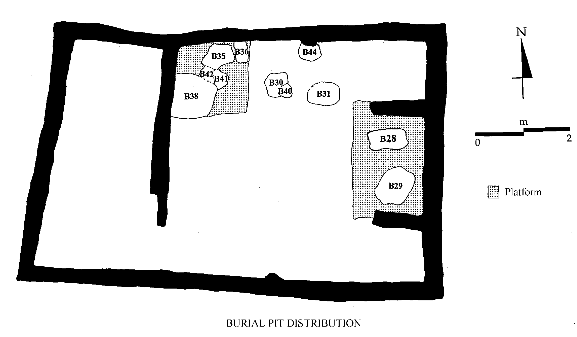
Figure 6: Burial pit distribution in building 1
Burials continued in the northern and eastern platforms and the platforms and steps gradually increased in height. In the third phase (Figure 2) a severe fire damaged the southern half of the building. In the subsequent rebuilding, the rubble was held back by an E-W wall, plastered only on its northern side. A similar wall was built in the western room. Animal bones were set into the northern faces of both walls. The southern part of the building was then probably abandoned except for the reuse of the oven in the southwest corner of the western room. In the main room, the eastern central platform was remodelled into a small room. A small hearth was constructed by the northwestern platform which was itself used for processing or depositing small fish. Burials continued under the platforms and by the end of the use of the building over 37 people, mostly children and juveniles, had been buried beneath the floors. There were few grave goods except necklaces and pendants. After the building had filled up, a pit was dug against the western wall of the main room. The aim of this was probably to remove whatever relief sculpture had occurred at this point of the wall. Overall, the excavation of Building 1 demonstrates the existence of an elaborate shrine building well away from the area excavated in the 1960s. It also indicates clearly the coexistence of ritual, burial and domestic functions in the same building at all phases. Food preparation and storage functions occur in the southern or western parts of the building. The north and east parts are the locations of burials. The ceramics and lithics indicate a date for Building 1 comparable to Levels V or VI in the 1960s sequence.